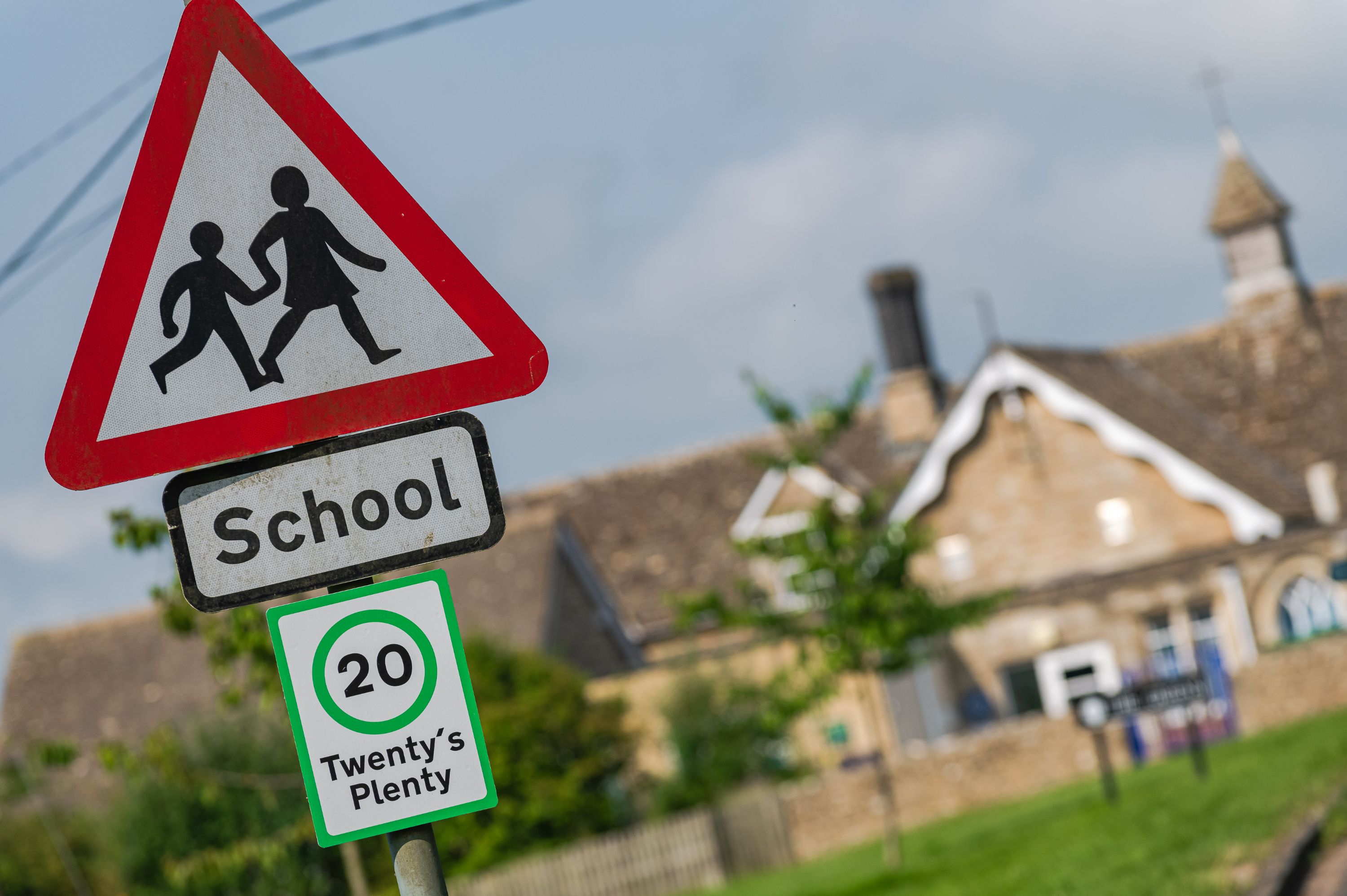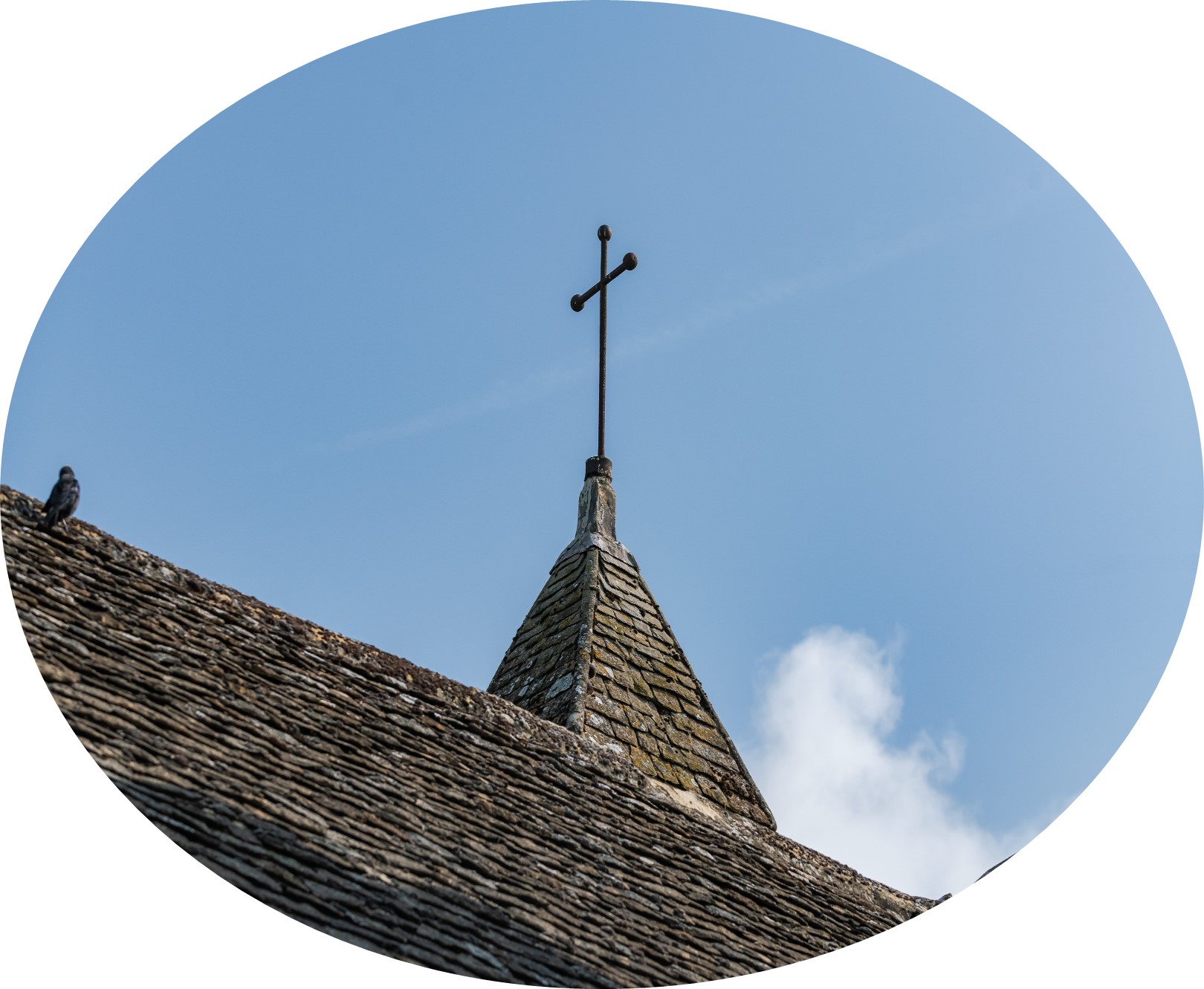Geography
Here you can find information about our Geography Curriculum.
Intent
Here at Leafield CE Primary School, children are given the opportunity to act as geographers whilst sparking curiosity about the world around them and their place within it. Teaching will equip pupils with knowledge about diverse places, people and resources and natural and human environments. They will develop an understanding of the Earth’s key physical and human features. As pupils progress through school, their growing knowledge of the world will provoke thought and questions, encouraging children to discover answers through exploration and research. Through immersive topics, we hope our children will be motivated to share an understanding of the current and contemporary issues in our society and environment.
Implementation
The geography projects are well sequenced to provide a coherent subject scheme that develops children’s geographical knowledge, skills and subject disciplines. Geographical locations are not specified in the national curriculum, so they have been chosen to provide a broad and diverse understanding of the world. These can be seen in more detail using CurriculumPRO. Where there are opportunities for making meaningful connections with other projects, geography projects are sequenced accordingly. For example, children revisit the geography of settlements in the history project ‘School Days’ after studying types of settlements in the geography project ‘Bright Lights, Big City.’ All geography projects are taught in the autumn and spring terms, with opportunities for schools to revisit less secure concepts in the summer term.
Key Stage 1
In Key Stage 1, each autumn term begins with essential skills and knowledge projects (Our Wonderful World in Year 1 and Let’s Explore the World in Year 2). Teaching these projects in Years 1 and 2 enables children to be introduced to, or revisit, critical geographical concepts, aspects, skills and knowledge. These projects prepare children for the study of more thematic geography projects in the following term.
In the spring term of Year 1, children study the project Bright Lights, Big City. This project introduces children to the geography of urban environments and the physical and human features of the United Kingdom. In contrast, in the spring term of Year 2, children carry out a detailed study of coastal geography in the project Coastline. This project introduces children to the geography of coastal environments and provides children with the opportunity for in-depth coastal fieldwork.
Lower Key Stage 2
In Lower Key Stage 2, children begin with essential skills and knowledge projects (One Planet, Our World in Year 3 and Interconnected World in Year 4). Teaching these projects in Years 3 and 4 enables children to further develop their skills, knowledge and understanding of key geographical aspects and concepts and prepares them to study more thematic geography projects in the following term.
In the spring term of Year 3, children study the project Rocks, Relics and Rumbles, which explores physical features and geographical phenomena, including earthquakes and volcanoes.
In contrast, in the spring term of Year 4, children carry out a detailed study of the physical features of mountains and rivers, which includes opportunities for in-depth fieldwork.
Upper Key Stage 2
In Upper Key Stage 2, children again begin with essential skills and knowledge projects (Investigating Our World in Year 5 and Our Changing World in Year 6). Teaching these projects in Years 5 and 6 enables children to develop their skills, knowledge and understanding of key geographical aspects and concepts and prepares them to study more thematic geography projects in the following term.
In the spring term of Year 5, children study the seasonal project Sow, Grow and Farm, which explores farming, agriculture and rural land use.
In the spring term of Year 6, children study the polar regions in the project Frozen Kingdoms. The project includes an in-depth analysis of the characteristics of these regions, including environmental issues.
Throughout the geography scheme, there is complete coverage of all national curriculum programmes of study. CurriculumPRO allows you to interrogate the sequencing of curriculum aspects and concepts, vocabulary, and connectivity of the geography scheme with other curriculum subjects.
Impact
The impact of our Geography curriculum is measured in a variety of ways: questioning during lesson time, marking children’s written work, listening to child-led discussion, interviewing pupils across the school about their learning, book trawls and using images of children's practical learning.
By the end of the Geography Curriculum at Leafield, our children will:
-
Have a growing knowledge of the world and their place in it.
-
Have a wider vocabulary of geographical terms.
-
Aspire to discover more about the world, through reading, travel or the media.
-
Know that they can use their voice to express themselves and their opinions.
-
Develop their geographical skills, such as, evaluation, creativity, problem-solving and enquiry

